This Is Sirai Seiichi
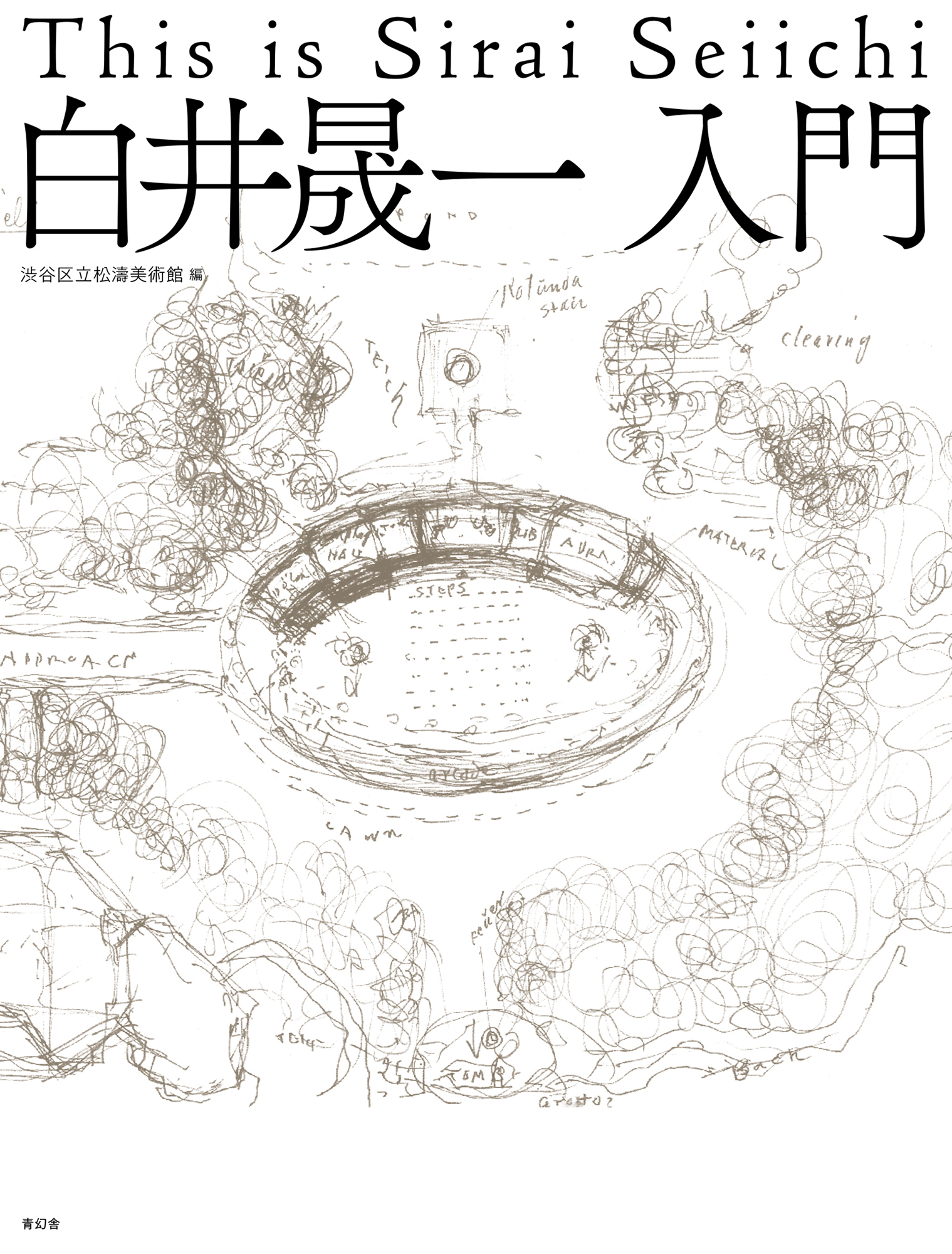
- Price:
- 2,700 yen (JPY)
- Edited by:
- The Shoto Museum of Art
- Language(s):
- Japanese
- Size:
- 248 × 182 × 22 mm, 620 g
- Pages:
- 244
- Binding:
- softcover PUR binding
- Release date:
- 20211112
- ISBN:
- 978-4-86152-871-2 C0052
This is Shirai Seiichi’s world: an overview of all eighty-plus architectural works, and more.
[design, crafts, architecture] Books in the category
New Books
NewPoul Kjærholm: Timeless Minimalism
New Books
Modern Times in Paris 1925: Art and Design in the Machine Age
Pola Museum of Art
New Books
Haibara Art and Design: Washi Paper and Japanese Aesthetic
New Books


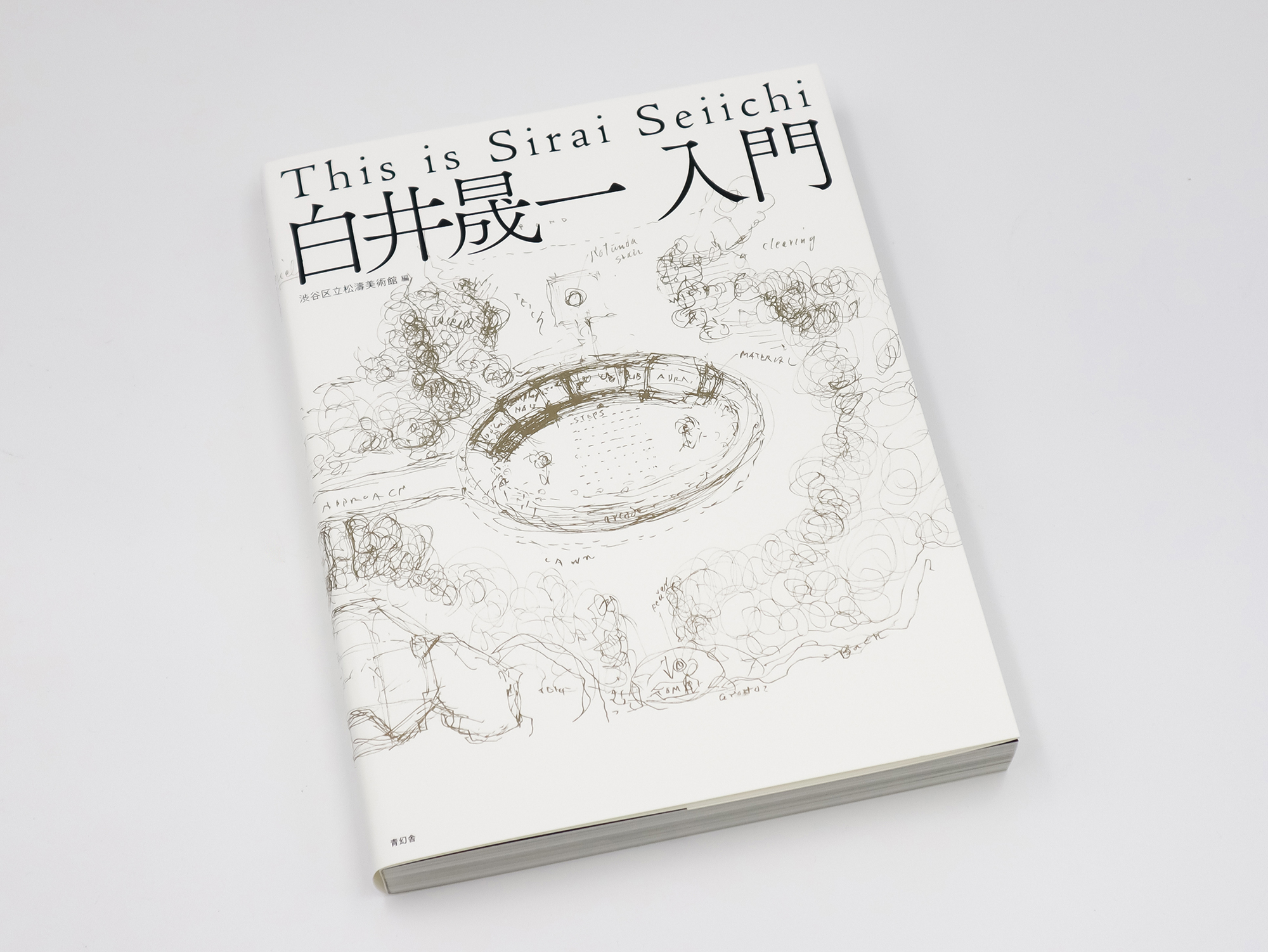
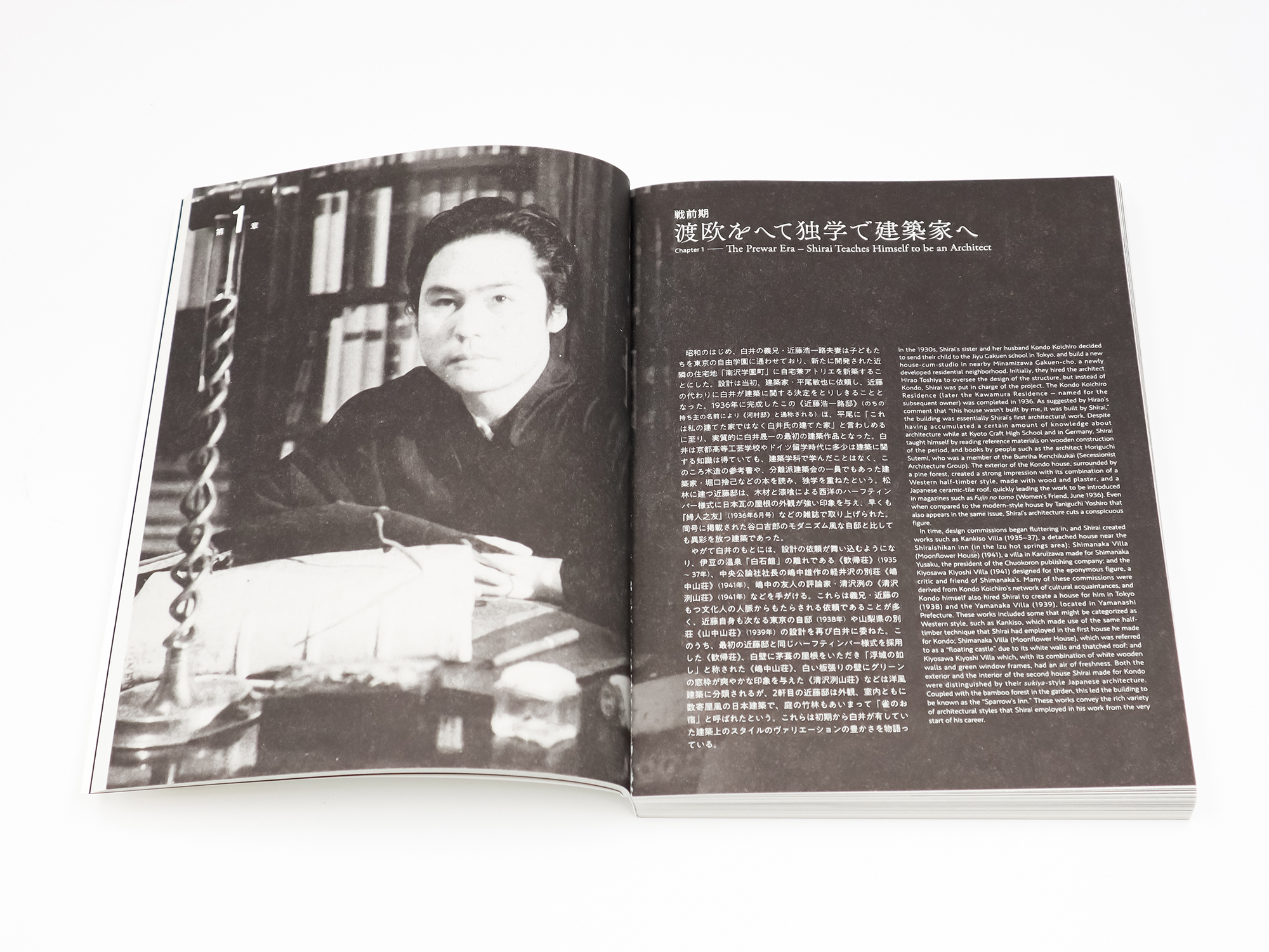
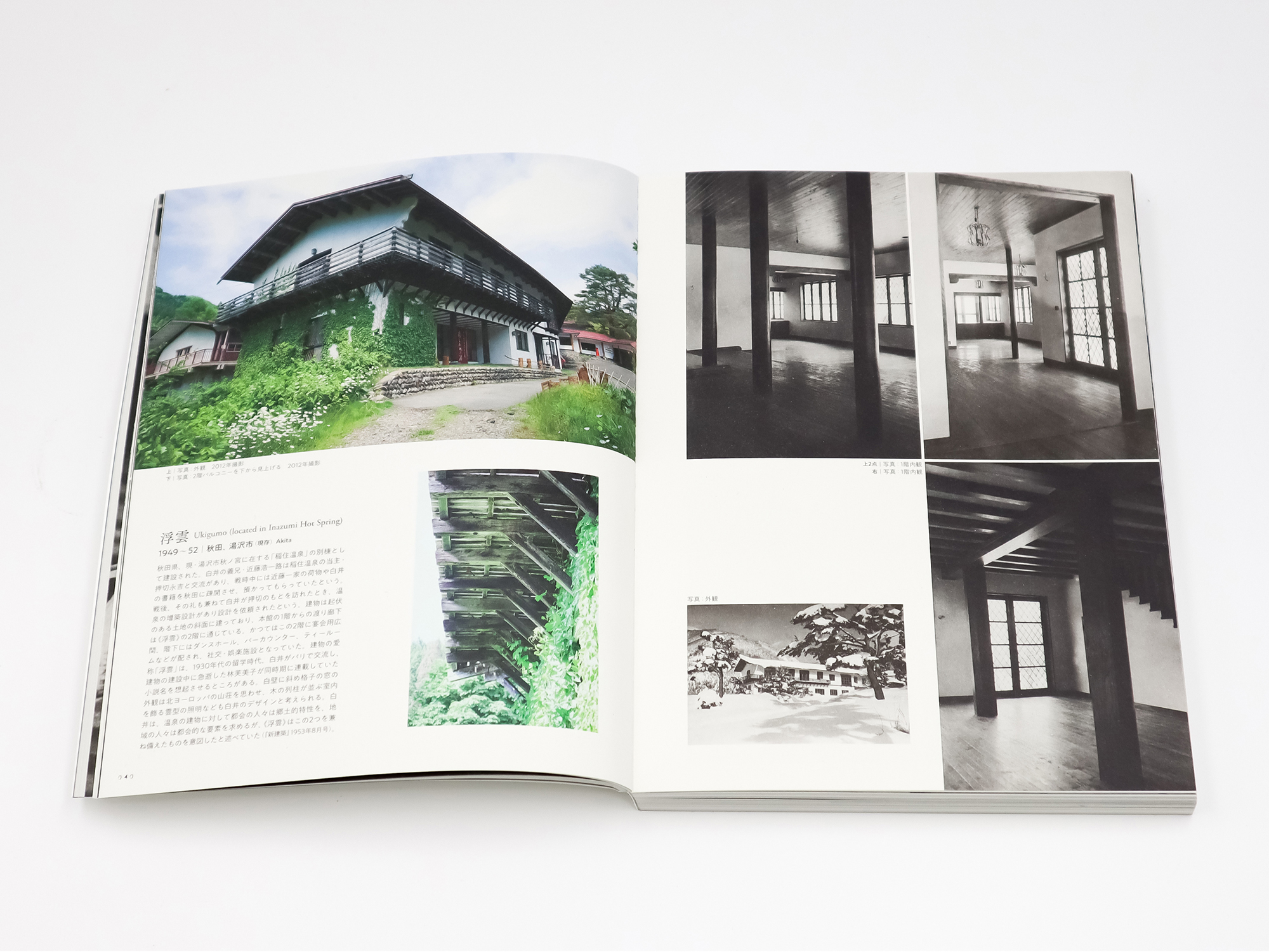
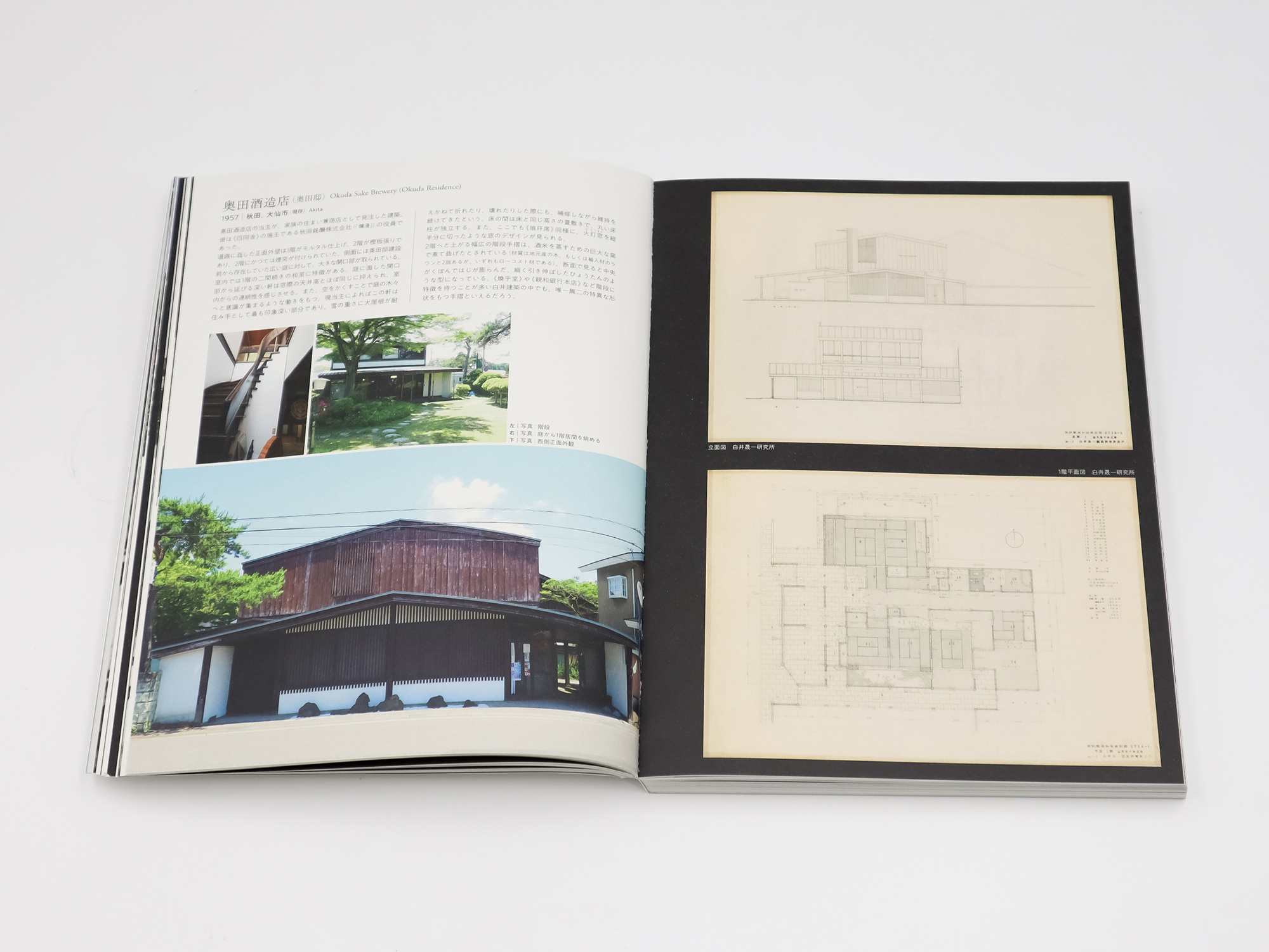
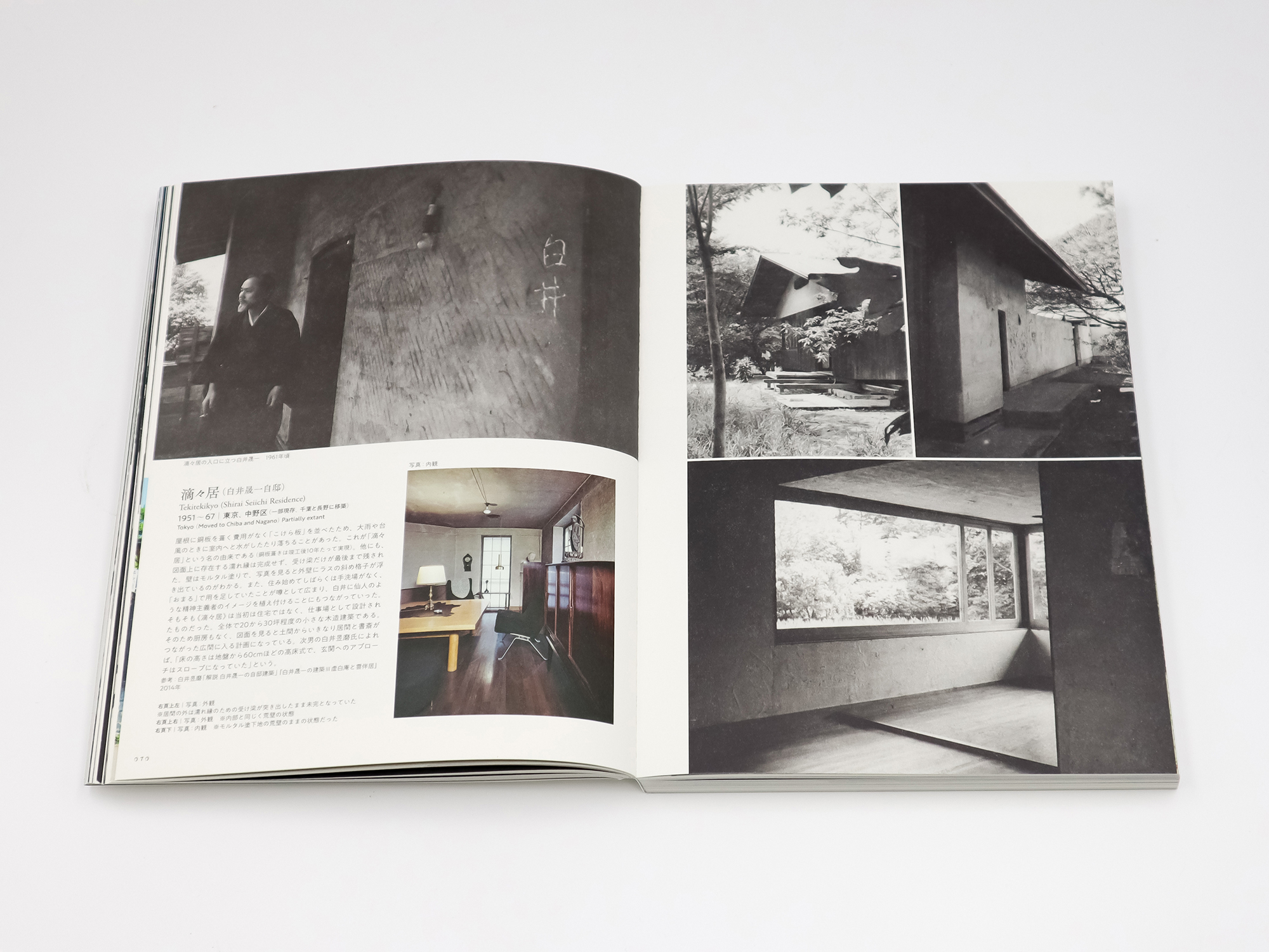
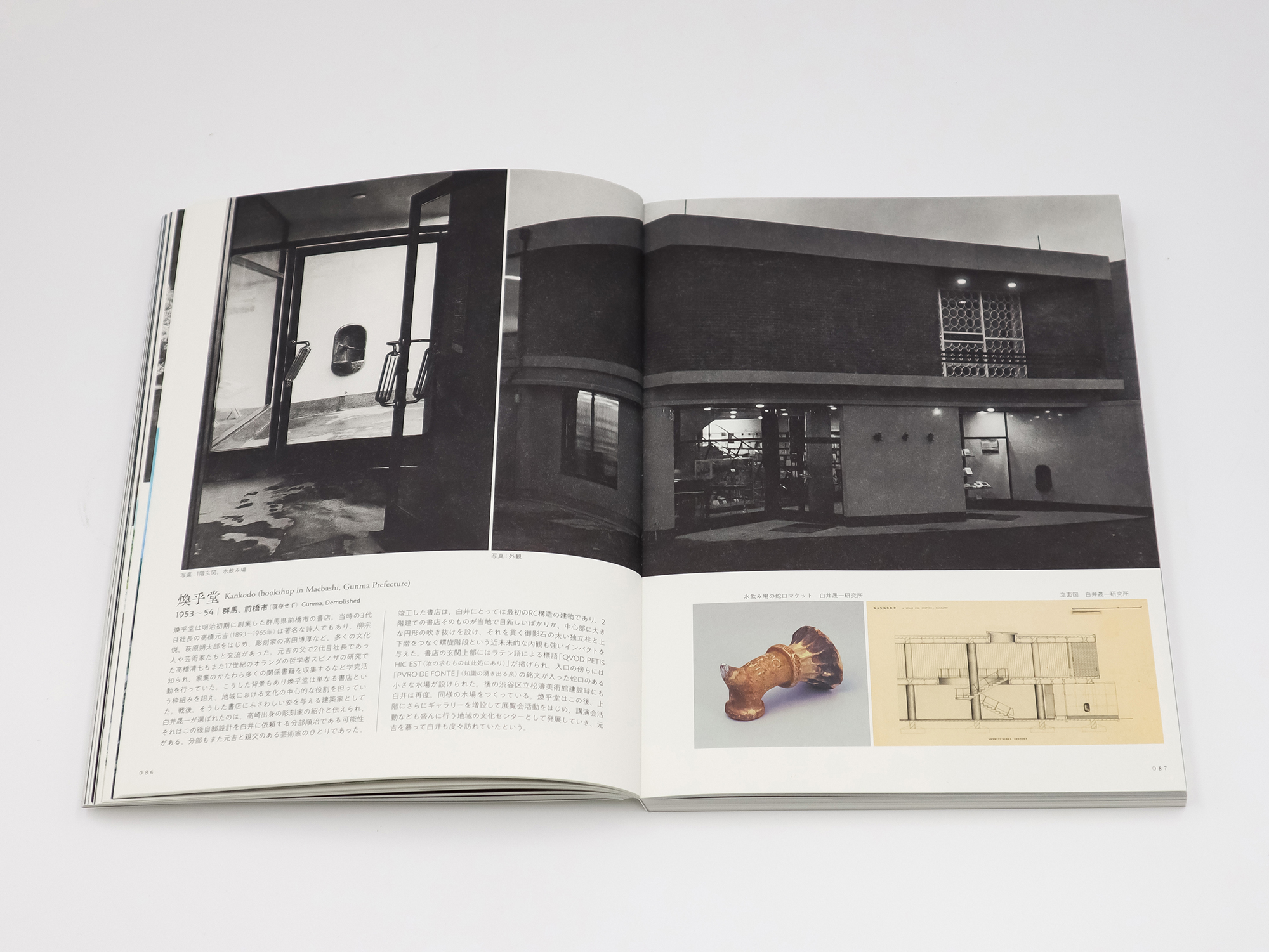

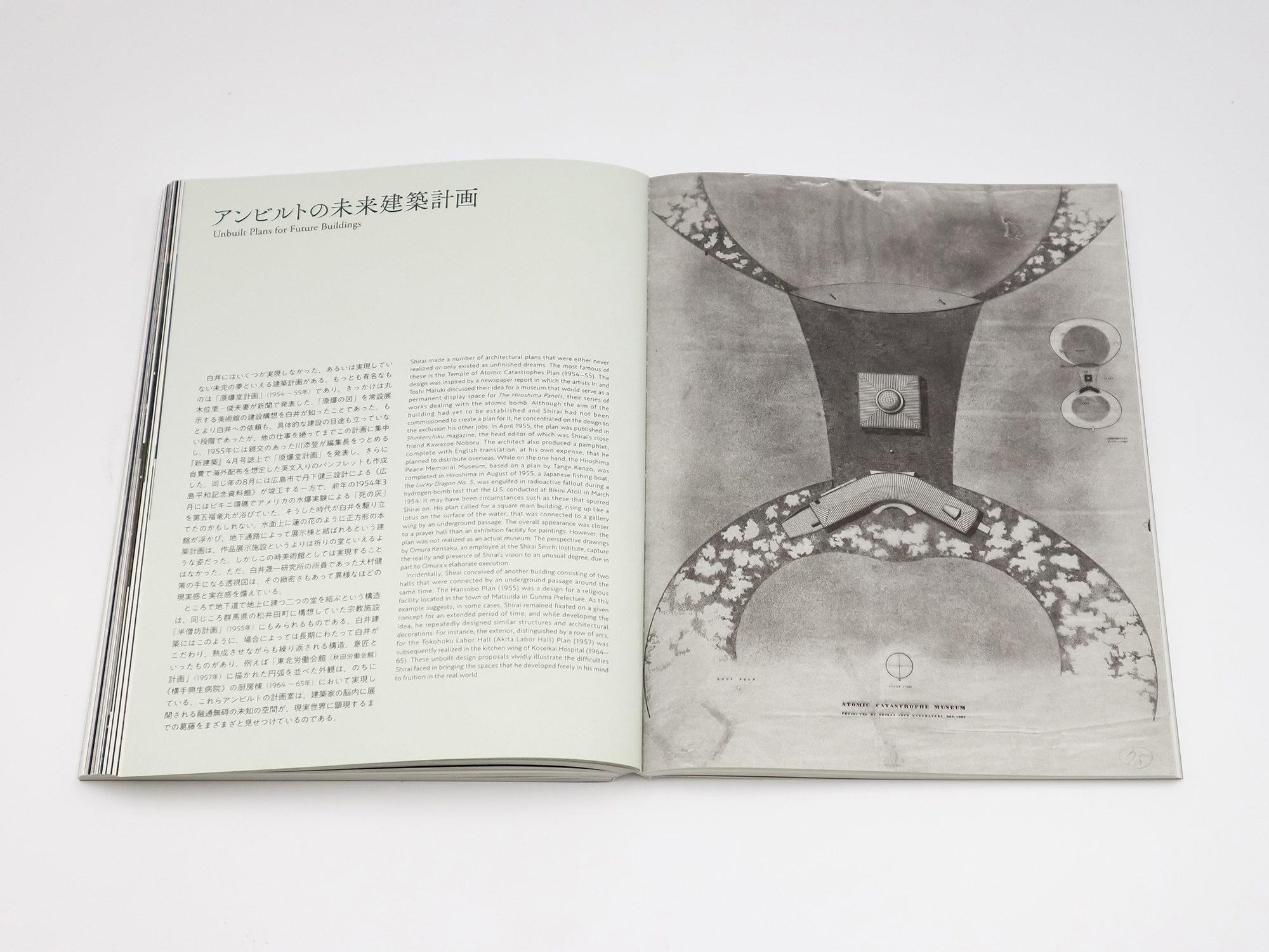
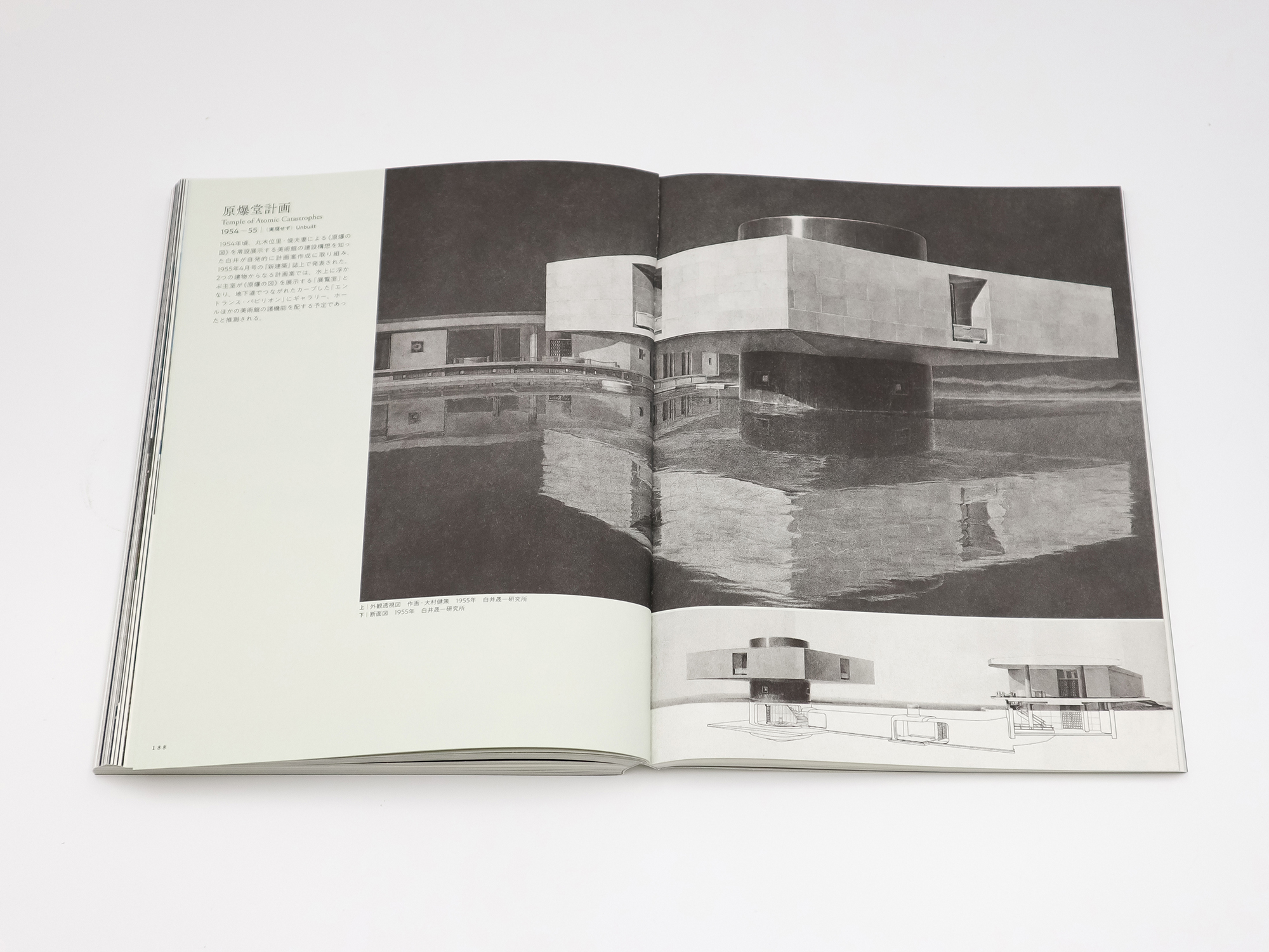

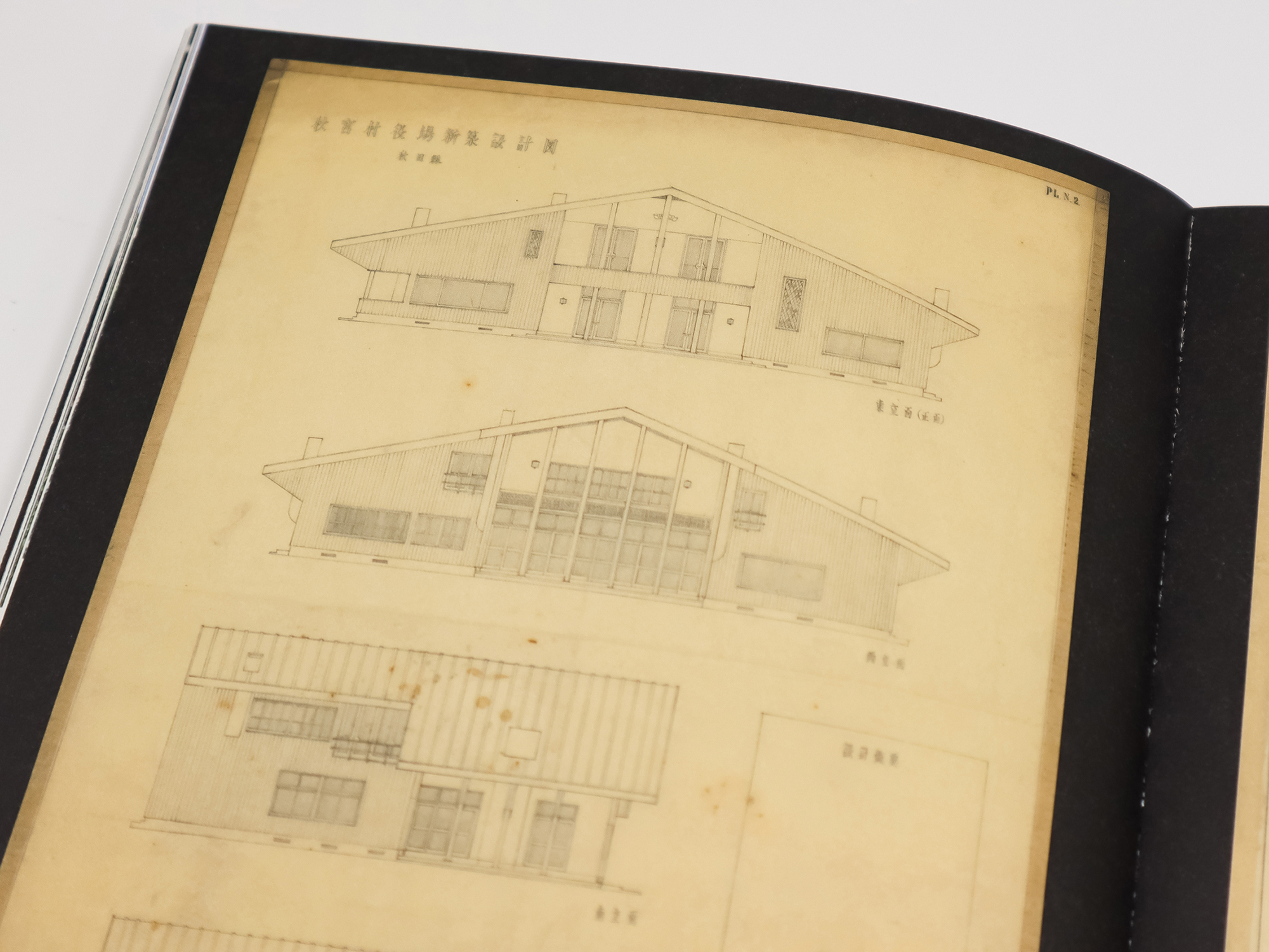

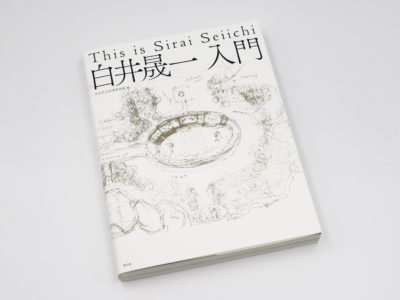
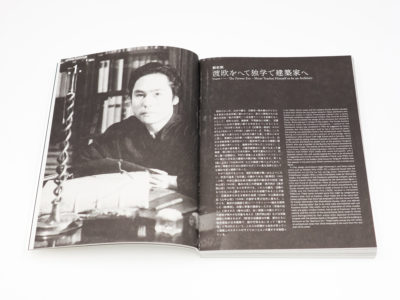


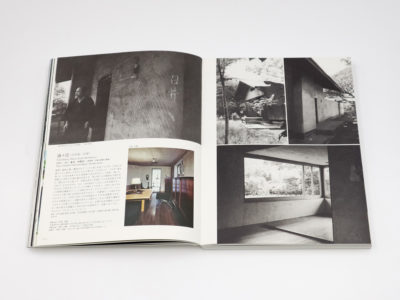
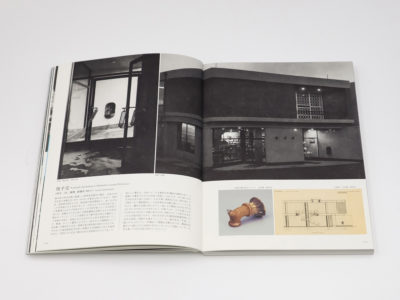

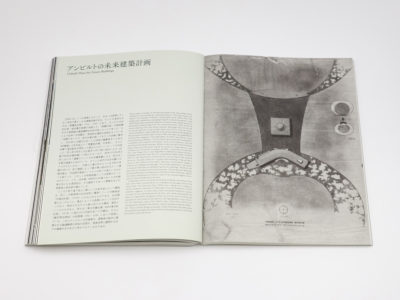



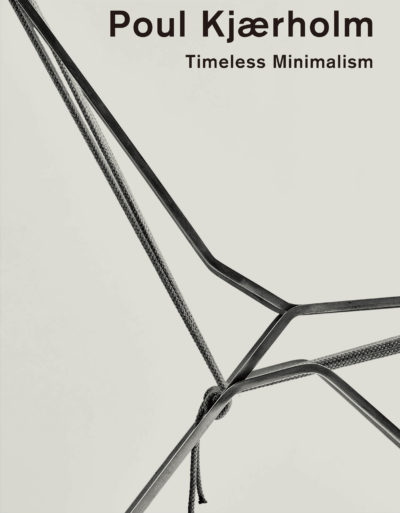
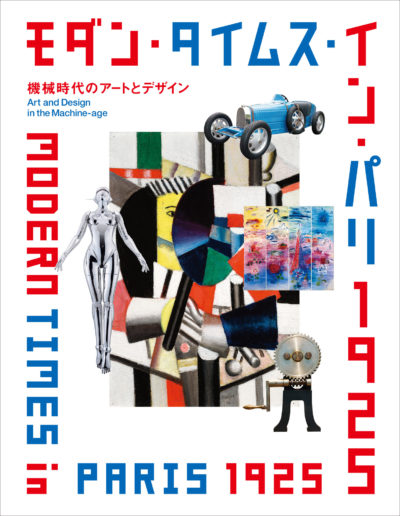
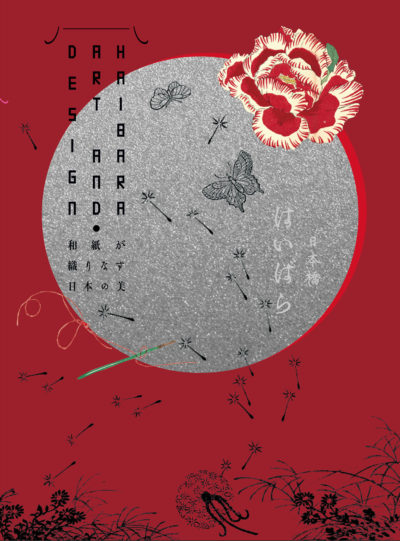
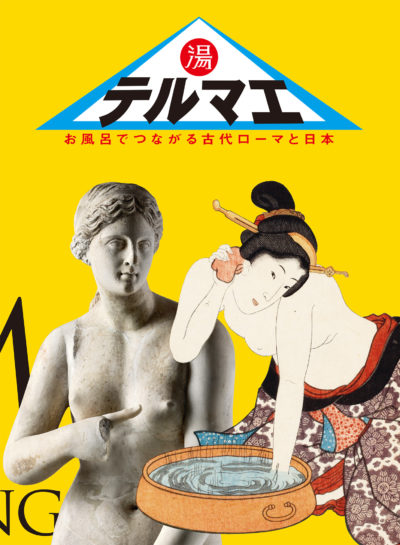
Shirai Seiichi (1905-1983) had a rather unusual background for an architect: born in Kyoto, he graduated in design from the Kyoto Craft High School (now Kyoto Institute of Technology) before going abroad to study philosophy in Germany. He continued to interrogate the state of architecture in Japan throughout his career and was active as a critic, most famously in the “debate on tradition” with Tange Kenzo and others in the mid-1950s. His singular style has led some to dub him a “solitary” or “philosophical” architect.
Shirai also worked as a book designer, of his own writings and that of others; some of those designs, including several for the publisher Chuokoronsha, are still in use today. A noted calligrapher as well, he engaged in a prolific range of activities that reached beyond architecture and helped shape his signature aesthetics.
This “primer” on Shirai Seiichi looks back over the entire scope of his architectural and other work, from his beginnings to his very last years.
Contents
Preface: The Road to Becoming an Architect—his formative years, including his schooling and time in Europe
Chapter 1: The Prewar Era—Kawamura Residence (former Kondo Koichiro Residence), Shimanaka Villa (Moonflower House)
Chapter 2: The 1950s and ’60s—public architecture in Akita and Gunma, private residences
Chapter 3: The 1960s and the ’70s—Shinwa Bank Main Branch, Santa Clara Hall, NOA Building
Conclusion: The 1970s and ’80s—The Shoto Museum of Art, Shizuoka City Serizawa Keisuke Art Museum (Sekisuikan), Unpankyo
Featured architecture
Kawamura Residence (former Kondo Koichiro Residence), Kankiso Villa, Shimanaka Villa (Moonflower House), Akinomiya Village Office, Tekitekikyo, Experimental Mini House (Doctor Watanabe Residence), Kankodo, Matsuida Town Office, Shinwa Bank Tokyo Branch, Shinwa Bank Main Branch, Shinwa Bank Computer Center (Kaishokan), Kohakuan, Santa Clara Hall, NOA Building, the Shoto Museum of Art, Shizuoka City Serizawa Keisuke Art Museum (Sekisuikan), and more
Shirai Seiichi was born in 1905 in Kyoto. After graduating from the Kyoto Craft High School (now Kyoto Institute of Technology), he traveled to Germany, where he studied early modern German philosophy at Heidelberg University and Friedrich Wilhelm University (Humboldt University of Berlin) in addition to attending lectures on Gothic architecture. Upon his return to Japan in 1933 some six years later, he chose a career not in philosophy or aesthetics but in architecture, starting with the designs for the Kawamura Residence, Kondo Residence, and Kankiso Villa. In between that time and his last project, Unpankyo (completed in 1984), he produced a prolific oeuvre and received numerous honors including the Takamura Kotaro Prize (in plastic arts), Kenchiku Nenkan Prize, Architectural Institute of Japan Prize, Mainichi Art Prize, and Japan Art Academy Prize.